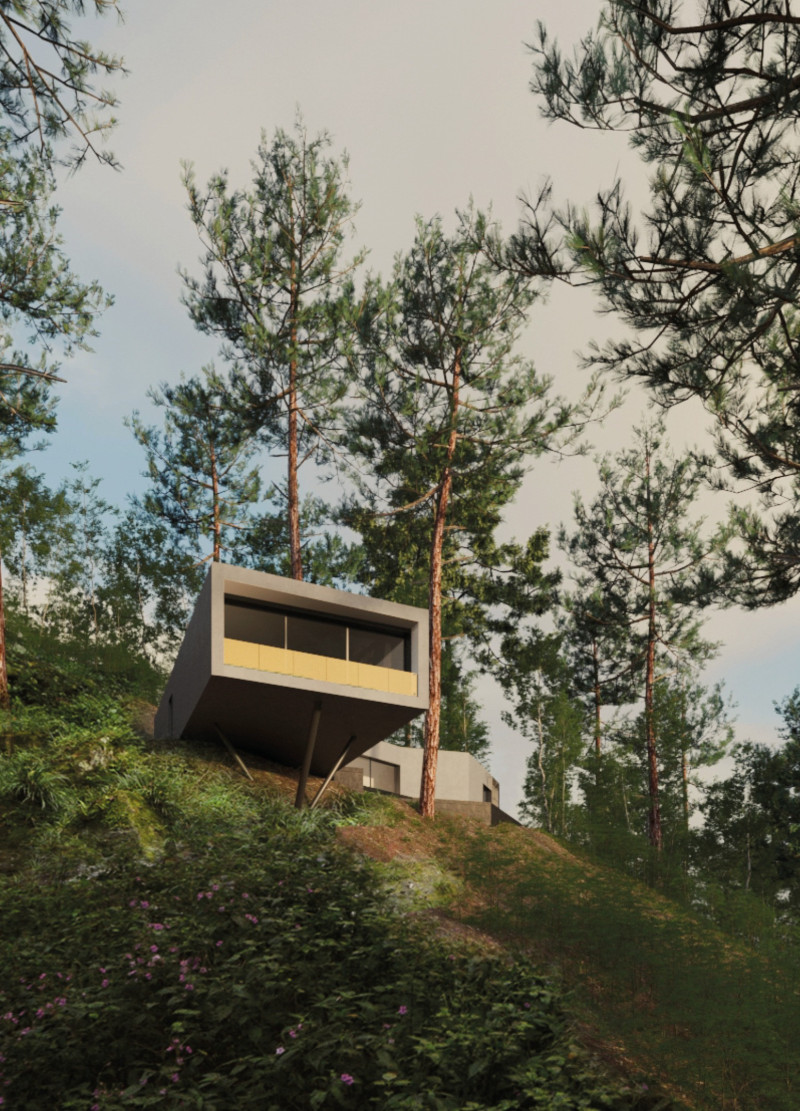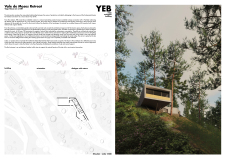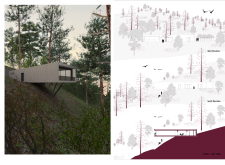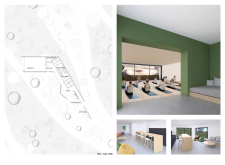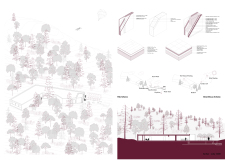5 key facts about this project
Unique Design Approaches
A key aspect of the design is its cantilevered sections, which extend over the cliff, maximizing views and creating a sense of openness. This approach not only enhances the aesthetic appeal but also allows for natural light to permeate indoor spaces, reducing the need for artificial illumination. The project features a split-level layout that organizes spaces according to their intended use, including areas for yoga, communal activities, and individual reflection.
The selection of materials is deliberate; concrete provides structural integrity, while wood and glass foster a warm and inviting atmosphere. The extensive use of glazing ensures panoramic vistas, promoting an immersive experience with the surrounding nature. These materials collectively contribute to an ecological approach, emphasizing sustainability without compromising design integrity.
Environmental Integration
The architectural design respects the topography of the site, contouring to the natural landscape. This integration minimizes disruption to the existing ecosystem while enhancing the overall harmony of the project. Landscaping is used strategically to blend the retreat into its environment, emphasizing the connection to nature. Sustainable features such as rainwater harvesting and passive solar heating are incorporated to reduce the project’s ecological footprint.
The zoning of spaces within the retreat supports various activities, promoting both community interaction and private contemplation. This thoughtful layout ensures that guests can find solitude or community according to their needs, reinforcing the retreat’s purpose as a space for wellness and relaxation.
Explore Project Presentation
For deeper insights into the Vale de Moses Retreat, including architectural plans, sections, and designs, explore the project presentation. These detailed elements reveal the underlying architectural ideas and conceptual frameworks that shaped this unique retreat. The careful attention to design and sustainability principles offers valuable lessons in contemporary architectural practice.


